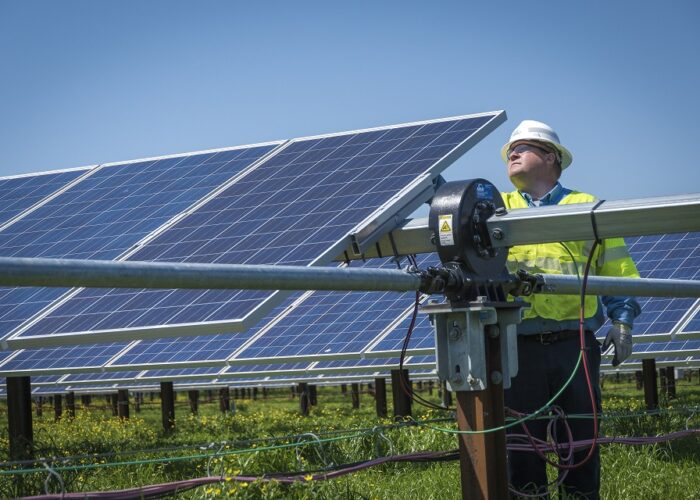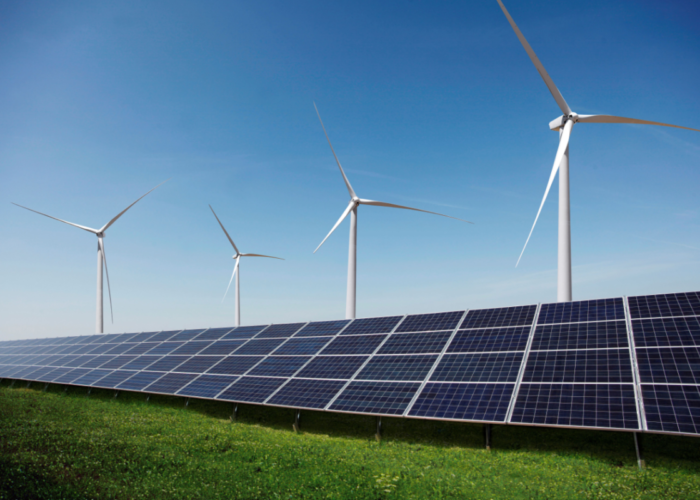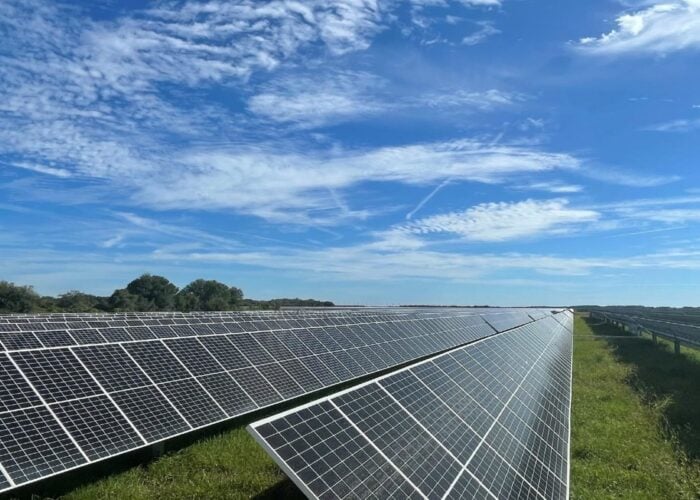
US utility Duke Energy plans to invest US$40 billion in zero-carbon power generation as part of its US$145 billion capital investment plan for the next ten years.
These investments will pave the way for the North Carolina-headquartered company to reach its goal of having 30GW of renewable energy capacity by 2035, its target date for phasing out coal.
Try Premium for just $1
- Full premium access for the first month at only $1
- Converts to an annual rate after 30 days unless cancelled
- Cancel anytime during the trial period
Premium Benefits
- Expert industry analysis and interviews
- Digital access to PV Tech Power journal
- Exclusive event discounts
Or get the full Premium subscription right away
Or continue reading this article for free
The allocated budget for zero-carbon generation will not only be for renewable sources such as solar, wind and battery storage, but will also be used to extend the life cycle of Duke Energy’s nuclear facilities.
Active across several US states – North Carolina, South Carolina, Florida, Indiana, Ohio and Kentucky – Duke Energy recently completed the final project in its 10-project solar PV portfolio in Florida, bringing its total capacity to 700MW. It is aiming to more than double that amount to 1.5GW by 2024.
A further US$75 billion, almost half of the total investment, will go to modernise and improve the company’s transmission and distribution infrastructure.
The investments in grid modernisation will go towards supporting the continued growth of renewable energy resources as well as technologies such as battery storage and electric vehicles.
“Our customers’ expectations are clear – they want affordability and reliability to remain a central focus as we work to achieve net-zero carbon emissions by 2050,” said Lynn Good, president and CEO at Duke Energy.
Along with its US$145 billion planned investment to achieve net-zero carbon emission by 2050, the company reaffirmed its expectation to exceed 50% carbon reduction from electricity generation by 2030.






